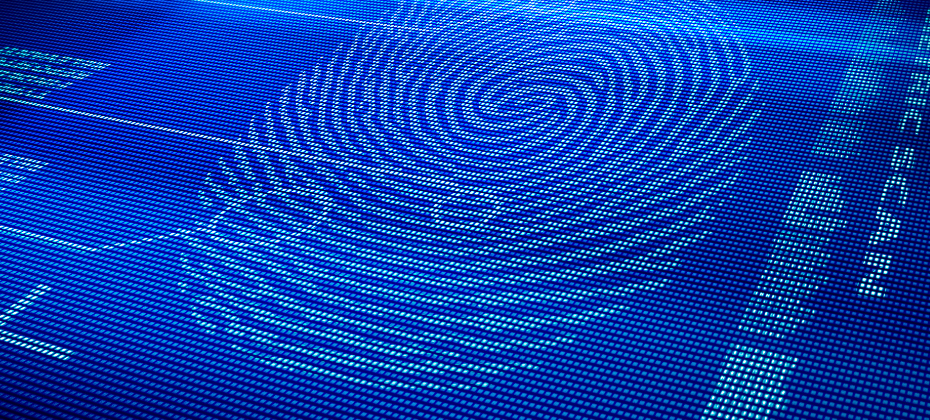
The ongoing COVID-19 pandemic has facilitated an increase in information collection among consumers and organizations, creating a prosperous climate for cybercriminals. As businesses and customers adjust to the “new normal,” hackers are honing in on their targets and finding new, more sophisticated ways to access their sensitive data.
As part of our recently launched Q&A perspective series, Michael Bruemmer, Experian’s Vice President of Data Breach Resolution and Consumer Protection, provided insight on emerging fraud schemes related to the COVID-19 vaccines and how increased use of digital home technologies could lead to an upsurge in identity theft and ransomware attacks. Check out what he had to say:
Q: How did Experian determine the top data breach trends for 2021?
MB: As part of our initiative to help organizations prevent data breaches and protect their information, we release an annual Data Breach Forecast. Prior to the launch of the report, we analyze market and consumer trends. We then come up with a list of potential predictions based off the current climate and opportunities for data breaches that may arise in the coming year. Closer to publication, we pick the top five ‘trends’ and craft our supporting rationale.
Q: When it comes to data, what is the most immediate threat to organizations today?
MB: Most data breaches that we service have a root cause in employee errors – and working remotely intensifies this issue. Often, it’s through negligence; clicking on a phishing link, reusing a common password for multiple accounts, not using two-factor authentication, etc. Organizations must continue to educate their employees to be more aware of the dangers of an internal breach and the steps they can take to prevent it.
Q: How should an organization begin to put together a comprehensive threat and response review?
MB: Organizations that excel in cybersecurity often are backed by executives that make comprehensive threats and response reviews a top corporate priority. When the rest of the organization sees higher-ups emphasizing the importance of fraud prevention, it’s easier to invest time and money in threat assessments and data breach preparedness.
Q: What fraud schemes should consumers be looking out for?
MB: The two top fraud schemes that consumers should be wary of are scams related to the COVID-19 vaccine rollout and home devices being held for ransom. Fraudsters have been leveraging social media to spread harmful false rumors and misinformation about the vaccines, their effectiveness and the distribution process. These mistruths can bring harm to supply chains and delay government response efforts. And while ransomware attacks aren’t new, they are getting smarter and easier with people working, going to school and hosting gatherings entirely on their connected devices. With control over home devices, doors, windows, and security systems, cybercriminals have the potential to hold an entire house hostage in exchange for money or information.
For more insight on how to safeguard your organization and consumers from emerging fraud threats, watch our Experian Symposium Series event on-demand and download our 2021 Data Breach Industry Forecast.
About Our Expert:
 Michael Bruemmer, Experian VP of Data Breach Resolution and Consumer Protection, North America
Michael Bruemmer, Experian VP of Data Breach Resolution and Consumer Protection, North America
Michael manages Experian’s dedicated Data Breach Resolution and Consumer Protection group, which aims to help businesses better prepare for a data breach and mitigate associated consumer risks following breach incidents. With over 25 years in the industry, he has guided organizations of all sizes and sectors through pre-breach response planning and delivery.


